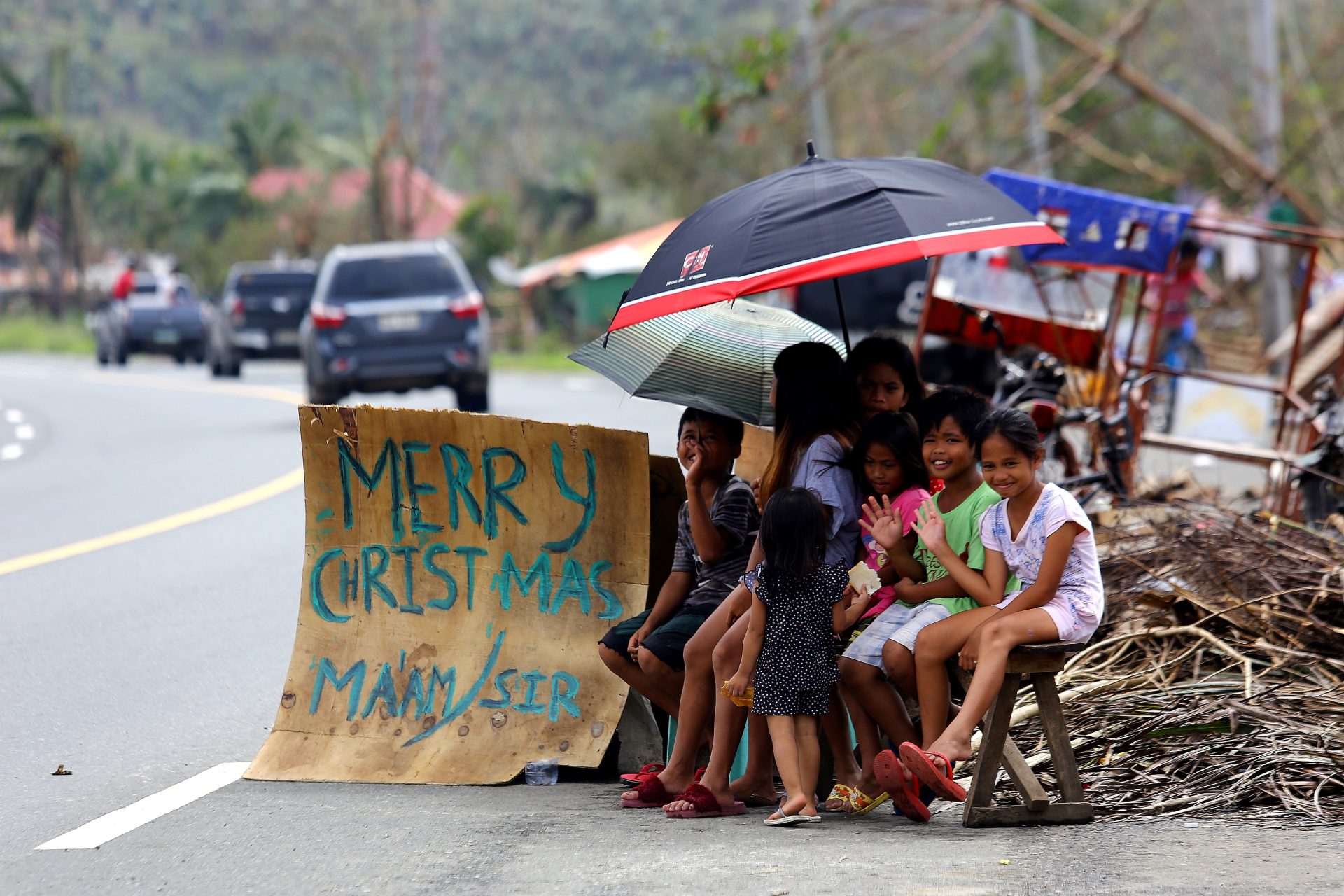The Philippines is facing a severe global crisis, with the highest number of child displacements caused by climate-related disasters, according to a UNICEF report.
The report, titled “Children Displaced in a Changing Climate,” highlights the country’s vulnerability to the climate crisis, revealing that 9.7 million Filipino children were displaced within its borders from 2016 to 2021.
UNICEF’s analysis, encompassing 44 countries and a six-year period, uncovers the devastating impact of weather-related disasters on children.
Across the globe, 43.1 million children were internally displaced during this period, equating to 20,000 child displacements daily.
The Philippines stands out as the epicenter of this crisis, followed closely by India with 6.7 million, and China with 6.4 million displaced children.
In terms of hazard, the Philippines ranks first for storms and third for floods, reporting the highest absolute number of child displacements.
Oyunsaikhan Dendevnorov, UNICEF Representative to the Philippines, said children are among those “who suffer the most when they are displaced in times of disasters”.
“They experience stress, lose days in school, get sick, and become more prone to exploitation and abuse. We need to strengthen efforts to protect children at risk and support those already displaced,” said Dendevnorov.
The report indicates that floods and storms accounted for 95 percent, or 40.9 million, of recorded child displacements between 2016 and 2021.
Droughts affected over 1.3 million children, disproportionately impacting countries like Somalia, Ethiopia, and Afghanistan.
Wildfires also took their toll, causing 810,000 child displacements, with more than a third occurring in 2020 alone, notably affecting nations such as Canada, Israel, and the United States.
The report also said the Philippines faces the grim prospect of nearly 2.5 million children at risk of being displaced by storm surges over the next 30 years.
The country’s extensive coastline, which includes densely populated cities like Manila, Cebu, and Davao, is highly susceptible to these storm surges.
The decisions to move are often forced and abrupt in the face of disaster, leading to numerous challenges for children who are uprooted from their homes, often for extended periods.
This is especially true in a country already grappling with conflicts and poverty, where local capacities to cope with additional displacements are severely strained.
While the report acknowledges that the Philippines has a robust disaster preparedness system in place, it raises concerns about the capacity of host communities, shelters, and schools to absorb the sheer number of children who could potentially be displaced by a single disaster event.
As world leaders prepare to convene at the COP28 Climate Change Summit in Dubai in November, UNICEF urgently calls upon the Philippines and the international community to prioritize the protection of children and young people at risk of future displacement and to prepare them and their communities.
UNICEF’s recommendations include safeguarding critical child services, enhancing adaptive capacity and resilience, and prioritizing children in disaster and climate action and finance policies.







